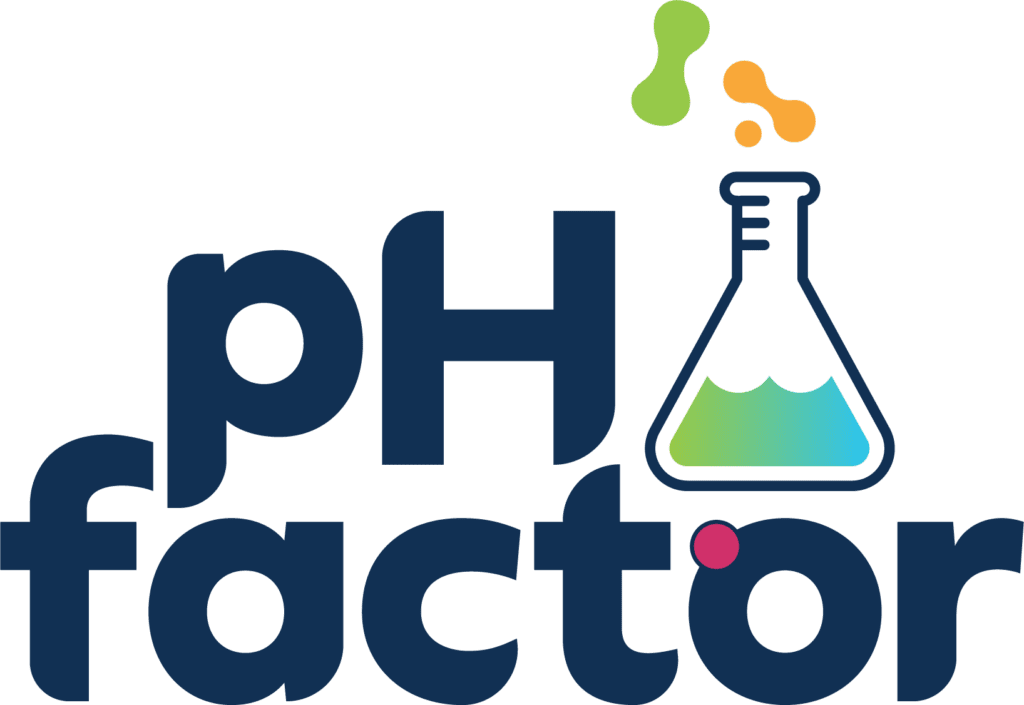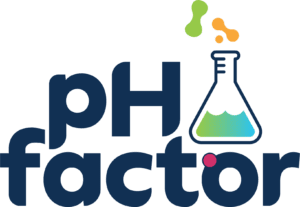In December 2022, Standards Australia introduced the Australian/New Zealand Standard: Sunscreen Products – Evaluation and Classification (AS/NZS 2604:2021).
This updated standard is set to bring significant changes in the sunscreen industry, promising enhanced protection and safety for consumers. Here’s a detailed exploration of what these changes entail and how they might impact both consumers and manufacturers.
Why Update the Sunscreen Standard?
Australia has some of the highest skin cancer rates globally, a concerning statistic driven by intense ultraviolet radiation (UVR) exposure. Effective sunscreens are crucial in mitigating skin cancer risks. The updated AS/NZS 2604:2021 aims to ensure that sunscreens available on the market are not only effective but also meet international testing standards, thus maintaining consumer trust and facilitating market access.
Key Changes in AS/NZS 2604:2021
- Adoption of New ISO Standards
The 2021 standard incorporates three major ISO updates:
- ISO 24444:2019 for the in vivo determination of the Sun Protection Factor (SPF), enhancing the accuracy of SPF determinations.
- ISO 24443:2021 for the in vitro determination of sunscreen UVA photoprotection, improving the analytical rigour of UVA protection tests.
- ISO 16217:2020 for the water immersion procedure, maintaining Australia’s stringent 4-hour water resistance test for SPF.
- Enhanced Labelling Instructions
New labelling guidelines are particularly focused on aerosol and spray pump sunscreens. They aim to educate consumers on proper application techniques, such as avoiding direct spraying on the face and not using these products in windy conditions, thus enhancing user safety and efficacy.
- Transitional Implementation
The adoption of AS/NZS 2604:2021 is proposed with a transition period that allows existing products to comply gradually. This phased approach is intended to minimize disruption in the sunscreen market while ensuring that all products eventually meet the new standards.
Benefits of the New Standard
The revised standard is expected to bring several benefits:
- Enhanced Consumer Safety: By aligning with international standards, the new AS/NZS 2604:2021 ensures that sunscreens sold in Australia and New Zealand offer effective protection against UVR, reducing the risk of skin cancer.
- Boosted Industry Reputation: Australian sunscreens are known for their high quality. Standardizing testing methods with international norms will further enhance this reputation, potentially boosting exports.
- Regulatory Clarity: Clear and detailed labelling instructions will help prevent misuse and overexposure risks associated with sunscreen products, particularly aerosols.
Industry Impact and Challenges
While the new standard sets a robust framework for sunscreen efficacy and safety, it also poses challenges for manufacturers:
- Increased Costs: Compliance with new testing procedures might increase production costs, including expenses related to laboratory testing and product reformulation.
- Inventory Management: Companies may need to manage existing stock that complies with the old standard while transitioning to new formulations.
- Consumer Education: Manufacturers will need to invest in consumer education to ensure that the new labelling and product changes are understood and adhered to by the public.
The adoption of AS/NZS 2604:2021 marks a significant step forward in sunscreen regulation in Australia and New Zealand. By aligning with international standards, the updated standard not only ensures the efficacy and safety of sunscreens but also supports the industry in gaining and maintaining consumer trust.
As we move towards a safer and more regulated sunscreen market, both consumers and manufacturers will need to stay informed and adaptable to navigate these changes effectively.

